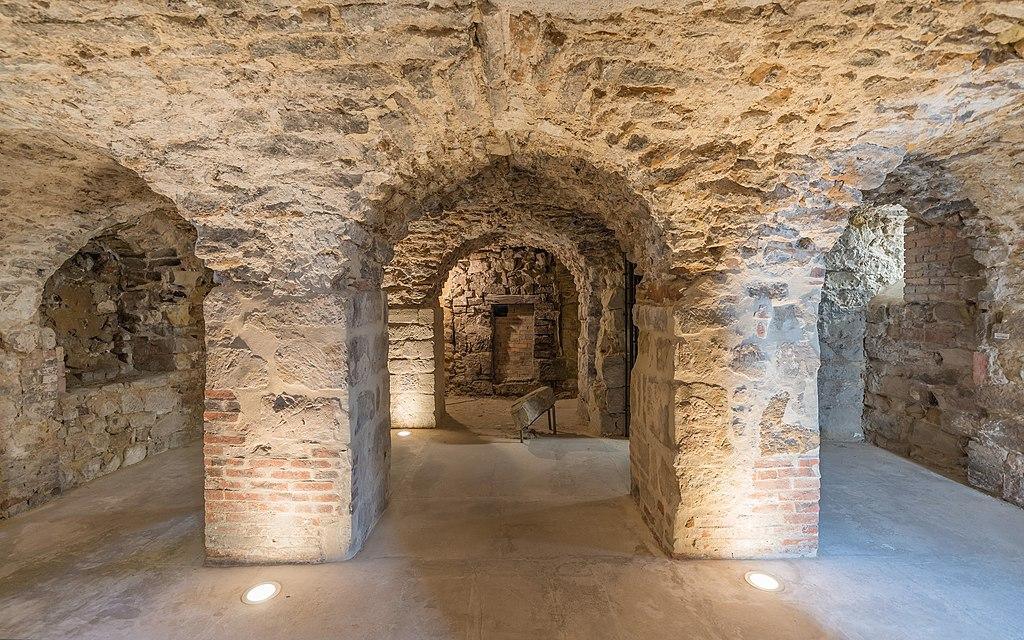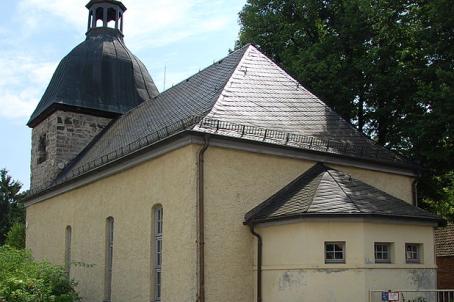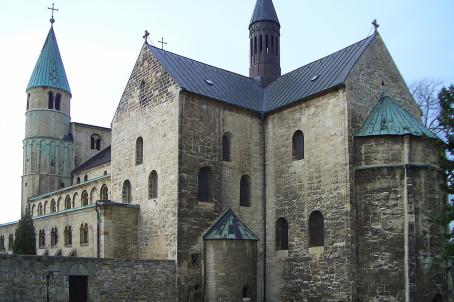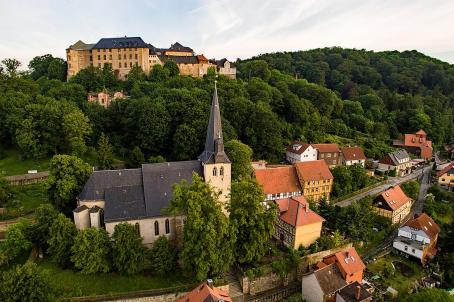Münzenberg Museum
The Museum of St. Mary's Church on the Münzenberg (Museum St. Marien auf dem Münzenberg) exhibits the remains of this Ottonian building in Quedlinburg. The remains of the building include the apse, the transept, the three-nave nave and the west building. Numerous finds of half-columns, capitals and reliefs from St Mary's are also displayed. The museum is a stop of the Harz Monastery Hiking Trail and part of the Romanesque Road that crosses the German state of Saxony-Anhalt.
About this building
The Benedictine monastery to which the church belonged was founded in 986 by Abbess Mechthild, daughter of Emperor Otto I and his wife Adelheid. With this monastery, the abbess wanted to honour the memory of her brother, Emperor Otto II, after his death in Italy. The project was supported by her sister-in-law, Empress Theophanes. The monastery functioned until 1536. From then on it was used for secular purposes, with twelve residential buildings built on and around it.
In 1994, Professor Siegfried Behrens and his wife acquired one of the houses in which significant parts of the monastery church have been preserved. Piece by piece, through further purchases, swaps and patient negotiations, they reassembled the remaining parts of the church so that the west crypt, the east crypt, parts of the nave and aisles, the nuns' gallery and the archaeologically excavated medieval burial site in front of the south aisle can now be viewed.
In 2006, Mr and Mrs Behrens contributed three of their houses with the main remains of the monastery church to the "Klosterkirche St. Marien auf dem Münzenberg" foundation, which they established. The foundation is administered by the German Foundation for Monument Protection and supports the maintenance and expansion of the museum from the proceeds of the foundation's assets and donations.
In 2015, after twenty years of developing the site, the museum was officially opened.






